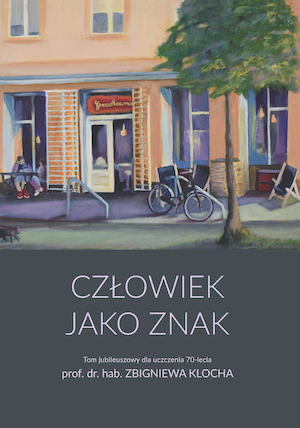
Człowiek – Boże igrzysko
Starting from the Old Polish proverb "Człowiek – Boże igrzysko" ("Man – A God’s Plaything") the paper discusses the previous etymological attempts to decipher the very meaning of the lexeme/sign human in Polish/Slavic, Greek, Latin and Hebrew, arguing that not only the signifié of the sign human deserves to be called "A God’s Plaything", but does it also its nominal signifiant.
More...